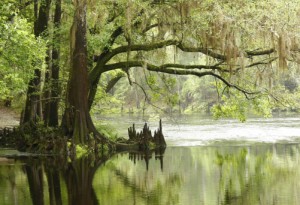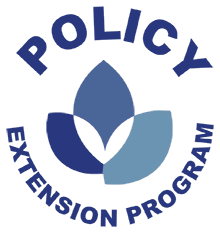
- Surface water storage reservoirs
- Water preserve areas
- Management of Lake Okeechobee as an ecological resource
- Improved water deliveries to the estuaries
- Underground water storage
- Treatment wetlands
- Improved water deliveries to the Everglades
- Removal of barriers to sheet flow
- Storage of water in existing quarries
- Reuse of wastewater
- Pilot projects
- Improved water conservation
- Additional feasibility studies
“The Everglades is not only a national and international treasure, but it is tied to our survival as Floridians.”
Mario Diaz-‐Balart,
Congressman, 2014
Overall, the benefits of the CERP provided by its implementation are:
- Restoring natural flows of water, water quality and hydro periods
- Improving the health of more than 2.4 million acres of the south Florida ecosystem, including the Everglades and Biscayne National Park
- Improving hydrologic conditions will result in Lake Okeechobee once again, becoming a healthy lake
- Improving native flora and fauna, including threatened and endangered species
- Ensuring a reliable, adequate supply of fresh water for use by all – the environment, urban and agriculture
- Maintaining flood protection set in place by the C&SF project
- Creating wide-‐ranging economic benefits, not only for Florida, but the entire nation
For more information about the CERP, please visit: http://www.evergladesrestoration.gov/
Conversations to have:
Producers and agricultural business owners should understand the impacts of agricultural activities on the water resources and ecosystems of the Everglades and the CERP covered areas. Environmental and ecological concerns caused by agricultural activities should be identified while making decisions for business management strategies. Alternative farming practices recommended by research and the government should be taken into consideration to enhance the sustainability of water resources and ecosystems.
The general public needs to understand the importance of the Everglades restoration and how it would influence the environment and the ecosystems. They should be aware of any human activities that may impact water quality (such as landscaping irrigation and fertilization) and wildlife ecology (such as releasing exotic plants and animals), particularly in the CERP regulated areas. Responsible management of these activities should be identified, understood, and implemented.
Decision makers need to know about the importance of the CERP on environmental and ecological sustainability. They should understand current challenges and barriers to continue and proceed with the implementation of the CERP. They should also understand what science can tell us about water quality and ecosystem, and be aware of public opinion of water issues, which provide a broad snapshot of understanding on a complex topic. By understanding such regulatory and scientific facts and public opinions, decision makers will be equipped to take educated action on public policy development.
Important Items
Sources of pollutants: Pollutants impacting water quality include pathogens, nutrients, sediment, and metals. Currently, the major pollutants found in Florida are nutrients, such as nitrogen and phosphorus, through leaching and runoff.
Wildlife concerns: The expansion of urban areas into natural areas has led to increased wildlife species being placed on the endangered species list. In addition, urban intrusion also leads to increases in invasive species due to increased uses and imports of exotic plants and animals.
Impacts to the environment: Nutrient pollutants can lead to algae blooms in water bodies, including streams, lakes, and others. They can be harmful to humans, wildlife, and tourism. Additionally, the ecosystems have been adversely impacted by invasive species released to the environment and outcompeting with native species.
Impacts to humans: Water quality degradation can lead to human health issues through drinking water and seafood intake. As for invasive species, some species may have high potential to attack people, especially children, and pets.
Water movement and water storage: Water moves between different water bodies, such as surface water (e.g., lakes, rivers), groundwater, wetland, estuaries, and others. Water can be stored in both the surface water system and underground water system.
Water reuse: Due to rapid increase in water demands from increased urban population, water should be used efficiently. One of the strategies is to construct wastewater treatment plants to treat wastewater making it reusable and/or releaseable to the environment for aquifer recharge.

